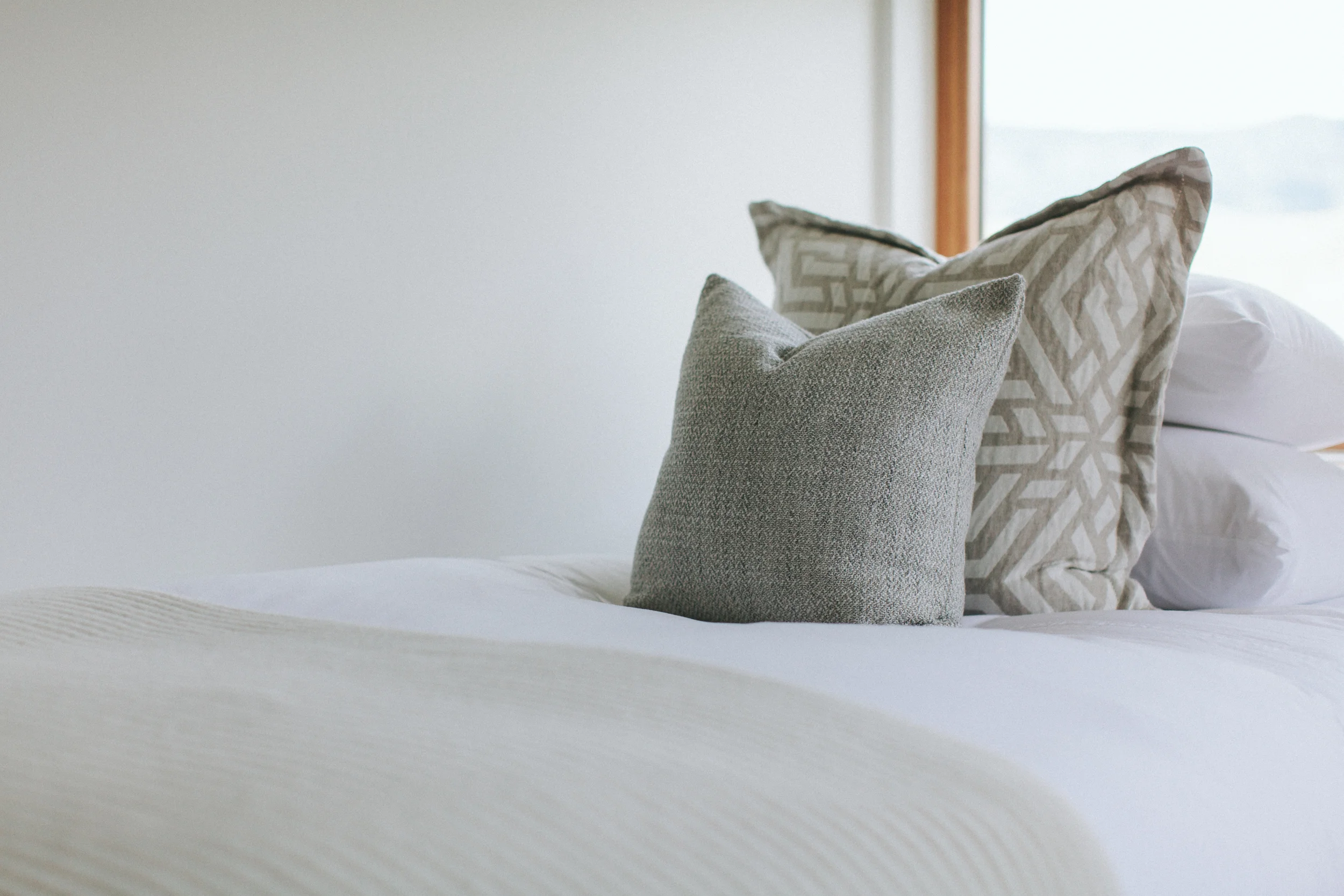The Mansion at 1244 Esplanade
The Mansion at 1227 Esplanade
Pool and hot tub at 1244 Esplanade for all guests
The courtyard at 1227 Esplanade
Front porch overlooking Esplanade Avenue
Rathbone mansions
The Rathbone Mansions are two stately antebellum mansions along Esplanade Avenue bordering the French Quarter. We offer our guests warm southern hospitality and authentic New Orleans atmosphere. The Mansion at 1244 Esplanade features a pool and hot tub, available to guests at either Mansion. The Mansion at 1227 Esplanade has a beautiful garden with comfortable seating to take in the lush surroundings. The Mansions are located diagonally across the street from one another, about 100 steps apart.
Enjoy watching life go by on stately Esplanade Avenue from the large front porch featured at both properties. We look forward to welcoming you and making your New Orleans visit everything you expect it to be.
For more about our location click here.
Mansion at 1244 Esplanade Avenue, built in 1846 by Adolph Gauche for Belle Elizabeth Aubert, his mistress and a free woman of color. She was one of the first free women of color in New Orleans to own her own home. Many members of her family owned the mansion after her death. The mansion features unusual double-level iron side galleries, supported by Ionic columns and a large front porch overlooking Esplanade Avenue. The Grand Parlor serves as a meeting place for guests during breakfast hours.
Mansion at 1227 Esplanade Avenue is a rare New Orleans example of the Greek Revival architectural style. It was built in 1850 for the Haughton family and then purchased by Henry Rathbone, a banker and one of the few Americans to be truly accepted into Creole society. His home was known as a mecca for New Orleans society, both Creole and American. It was lovingly restored in 1985 with 12 individually decorated guest rooms and the architectural integrity of this historic gem has been preserved. Details such as the wrought iron fence with its filigreed gate, iron balconies, a large front porch overlooking Esplanade Avenue and a secluded Creole-style tropical courtyard with palm and banana trees combine to create a timeless atmosphere redolent of the Old South.
The Rathbone Mansions are located where the French Quarter, Faubourg Marigny and the Treme Historical District meet and both are two Historic District Landmark homes. Located along beautiful Esplanade Avenue, amongst ancient Spanish oak trees and 19th century Creole mansions. The Vieux Carre, or French Quarter, is just a short walk from our front door. Immerse yourself in everything the French Quarter has to offer, from the bars of Bourbon Street, to the elegance of the Royal Street antique shops. Café du Monde, the mighty Mississippi River, world-famous New Orleans cuisine, and all that jazz are just steps away!
FOR INSIDER INFO ON HOW TO GET AROUND, THINGS TO DO, AND EATS & DRINKS, CLICK HERE.
The Treme Historical District is the oldest black neighborhood in the United States and the birthplace of jazz. This was the first neighborhood where free people of color were able to own their own homes, during an era when America was immersed in slavery. Originally consisting of over fifty percent churches and convents, the neighborhood took a drastic turn in 1898 when the city took a section of Treme and named it Storyville in, unbelievably, an attempt to confine and curtail prostitution! Instead, brothels, bars, lax liquor laws, wealthy plantation owners, black musicians and white classical players all merged together and exploded into the birth of jazz music. Treme was home to an extraordinary roster of jazz musicians, from Buddy Bolden and Sidney Bechet, to Jelly Roll Morton and Louis Armstrong.
Louis Armstrong Park, a few blocks from the mansions, was originally known as Congo Square. This is where the slaves used to meet, sing and dance. This is also considered to be a vital component in the birth of jazz music, as the African chants and rhythms bled into the music created nightly in the bars and brothels of Storyville. Around the corner lies the St. Louis Cemetery, the oldest cemetery in New Orleans, where the infamous voodoo queen Marie Laveau lies buried.
The Faubourg Marigny was originally a Creole neighborhood and provides a welcome alternative to the bustle of the French Quarter. Pastel "shotgun" homes share the neighborhood with cafes and clubs. The main artery of the Marigny is Frenchmen Street. During holidays such as Halloween and Lundi Gras (the Monday before Mardi Gras), Frenchmen Street is blocked off to traffic as it becomes a circus of people, music, fire and dance.
Frenchmen Street offers ten music clubs in two blocks with an astonishing variety of live music; everything from jazz to Latin to rock to reggae to funk to rhythm and blues. In the same two-block strip there are nine restaurants offering Jamaican, Thai, Lebanese, Creole, Italian, Soul and Health food. All these experiences, sights and sounds are just minutes from the doors of the Rathbone Mansions.





